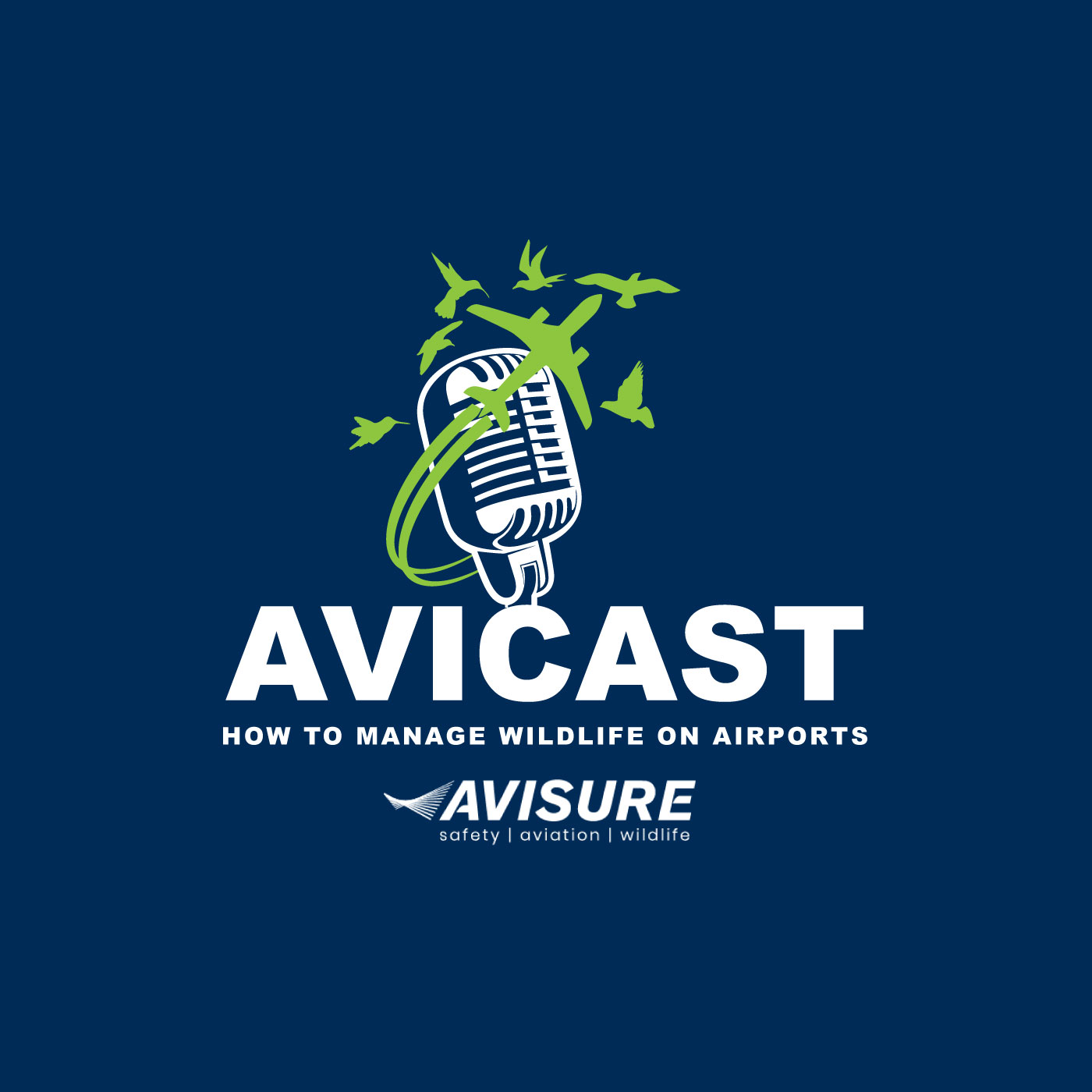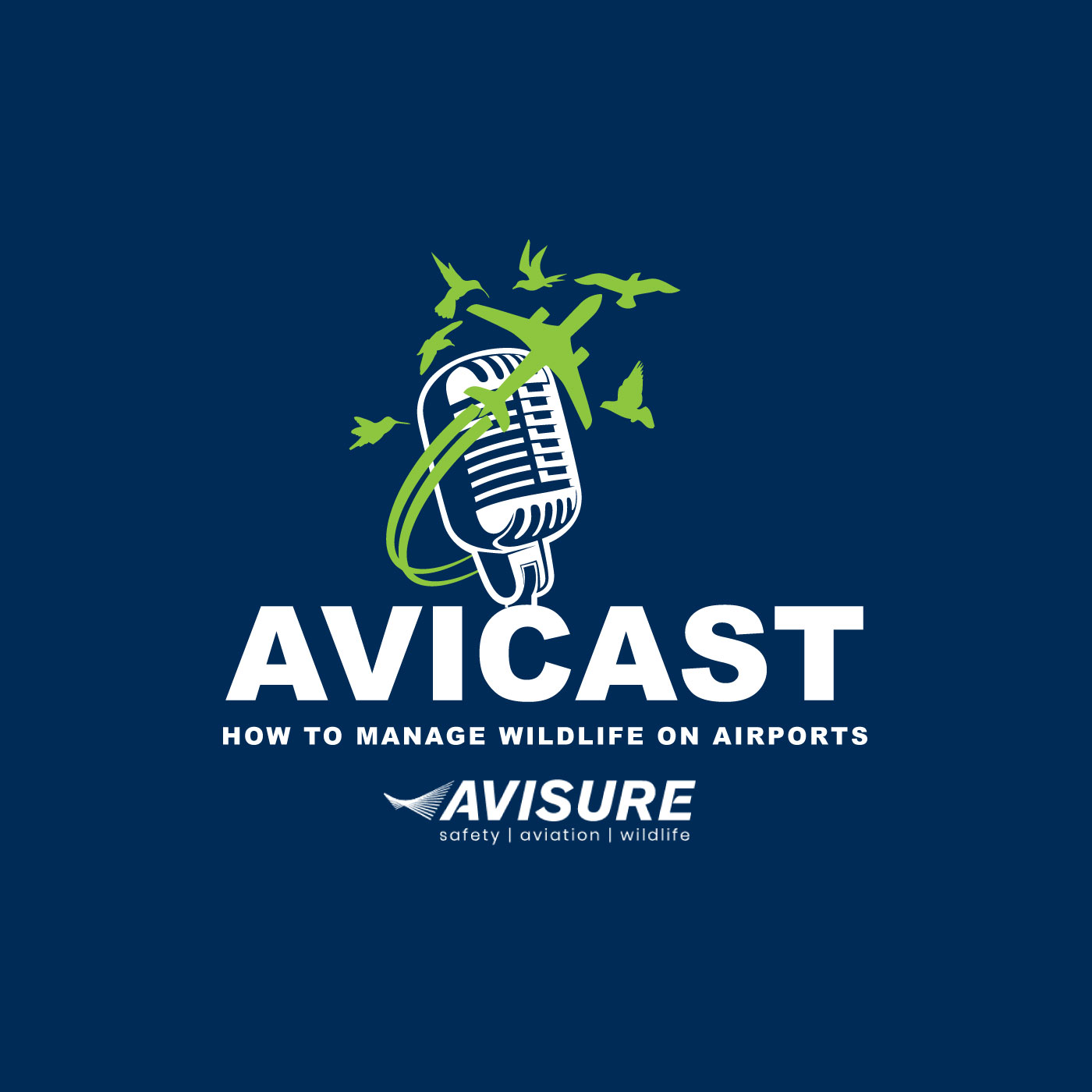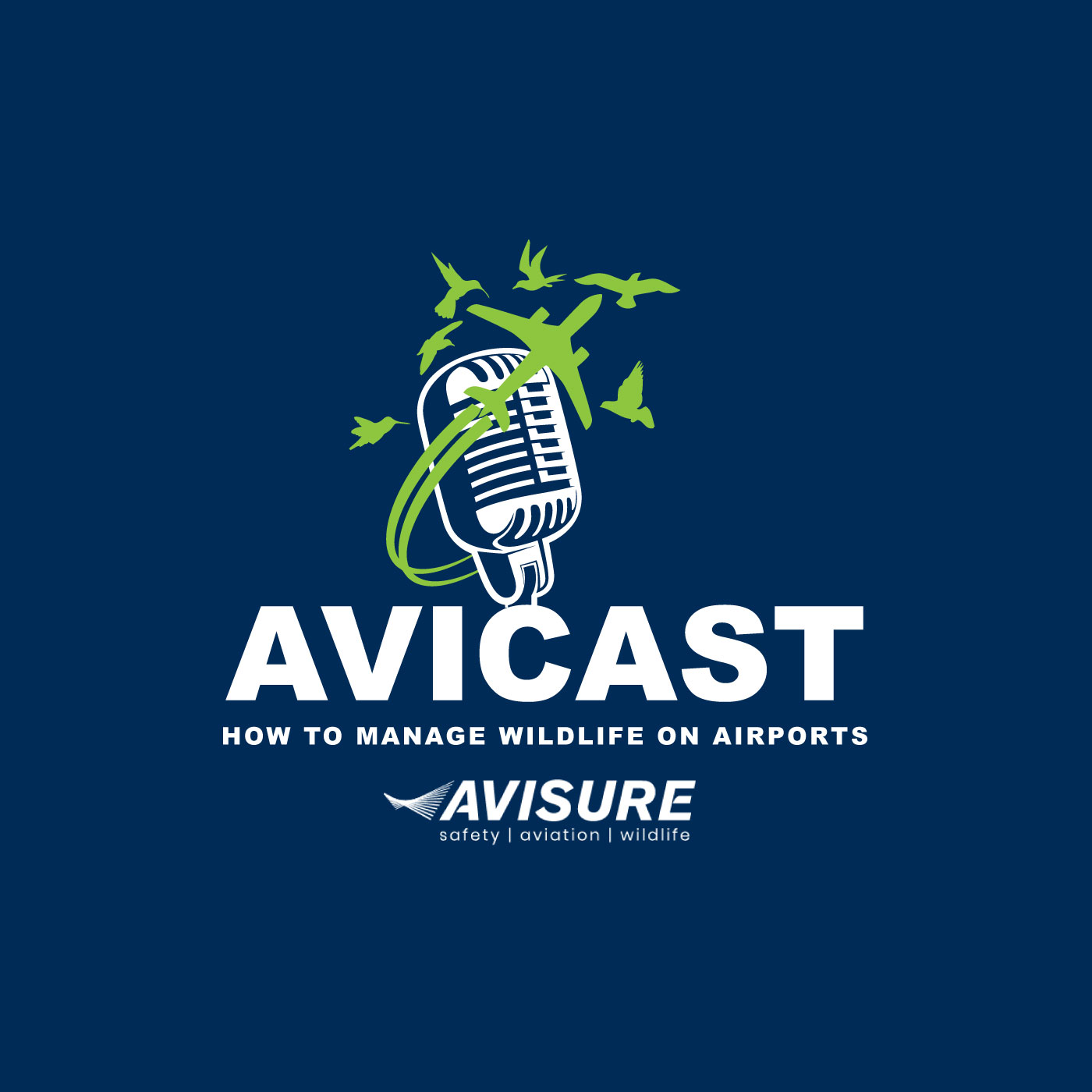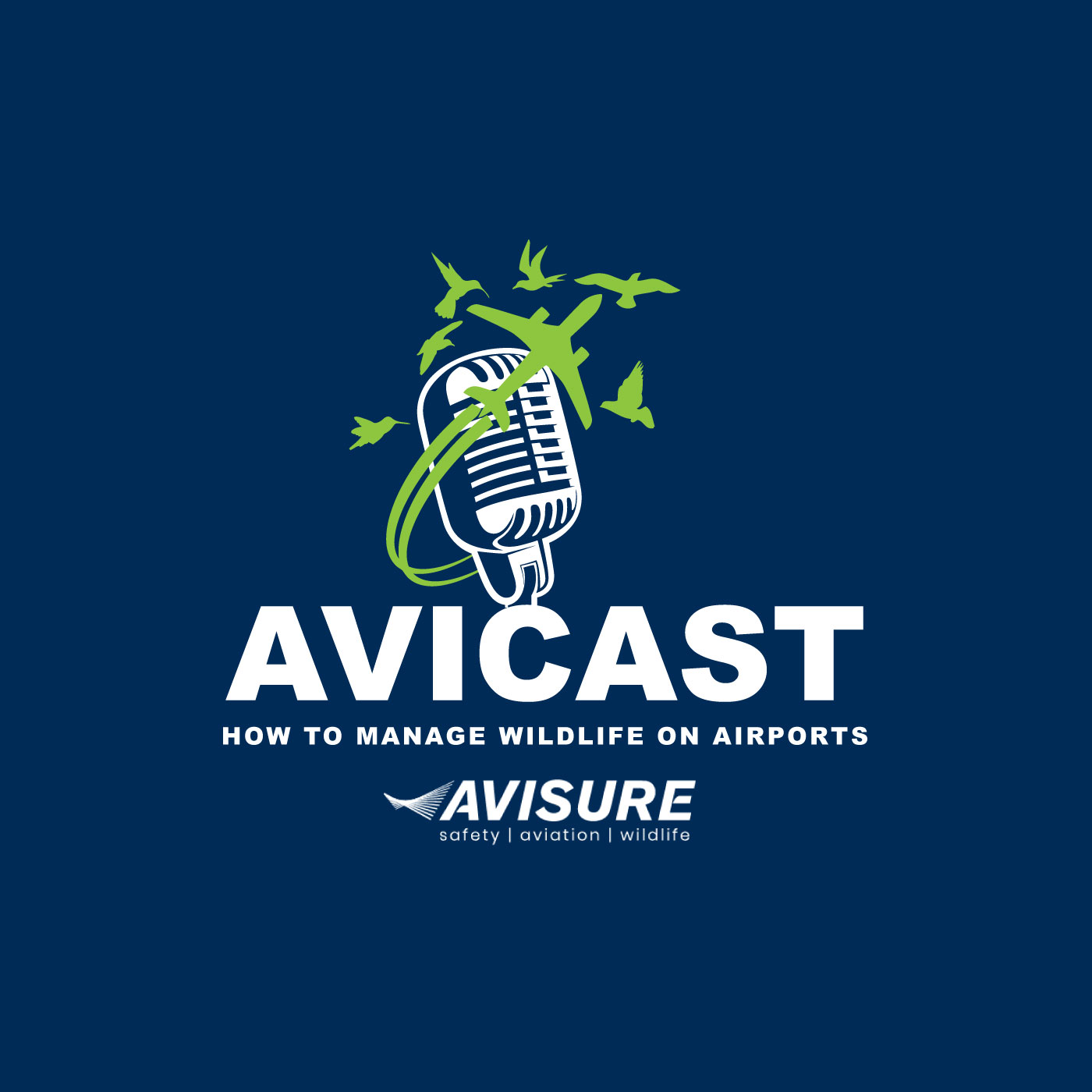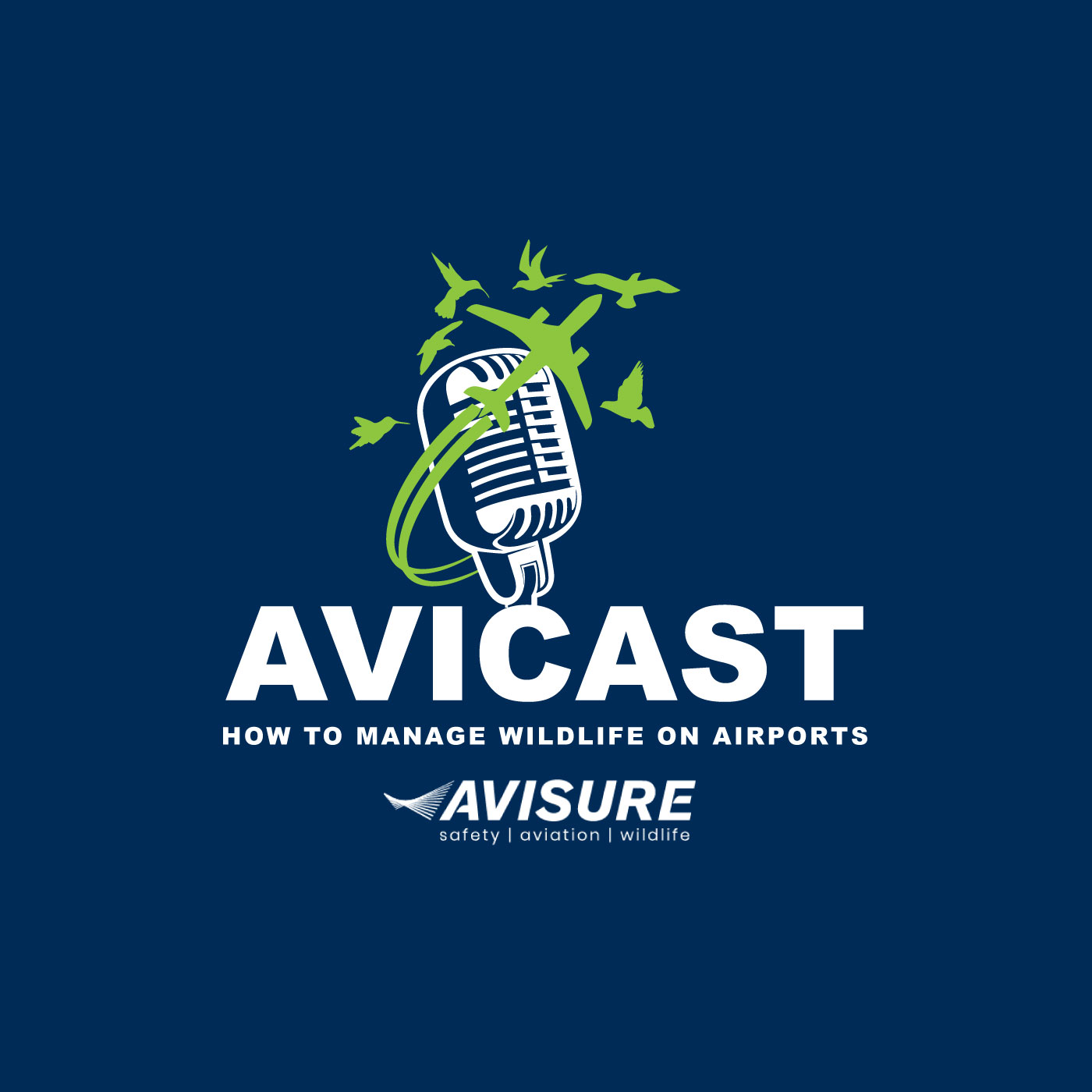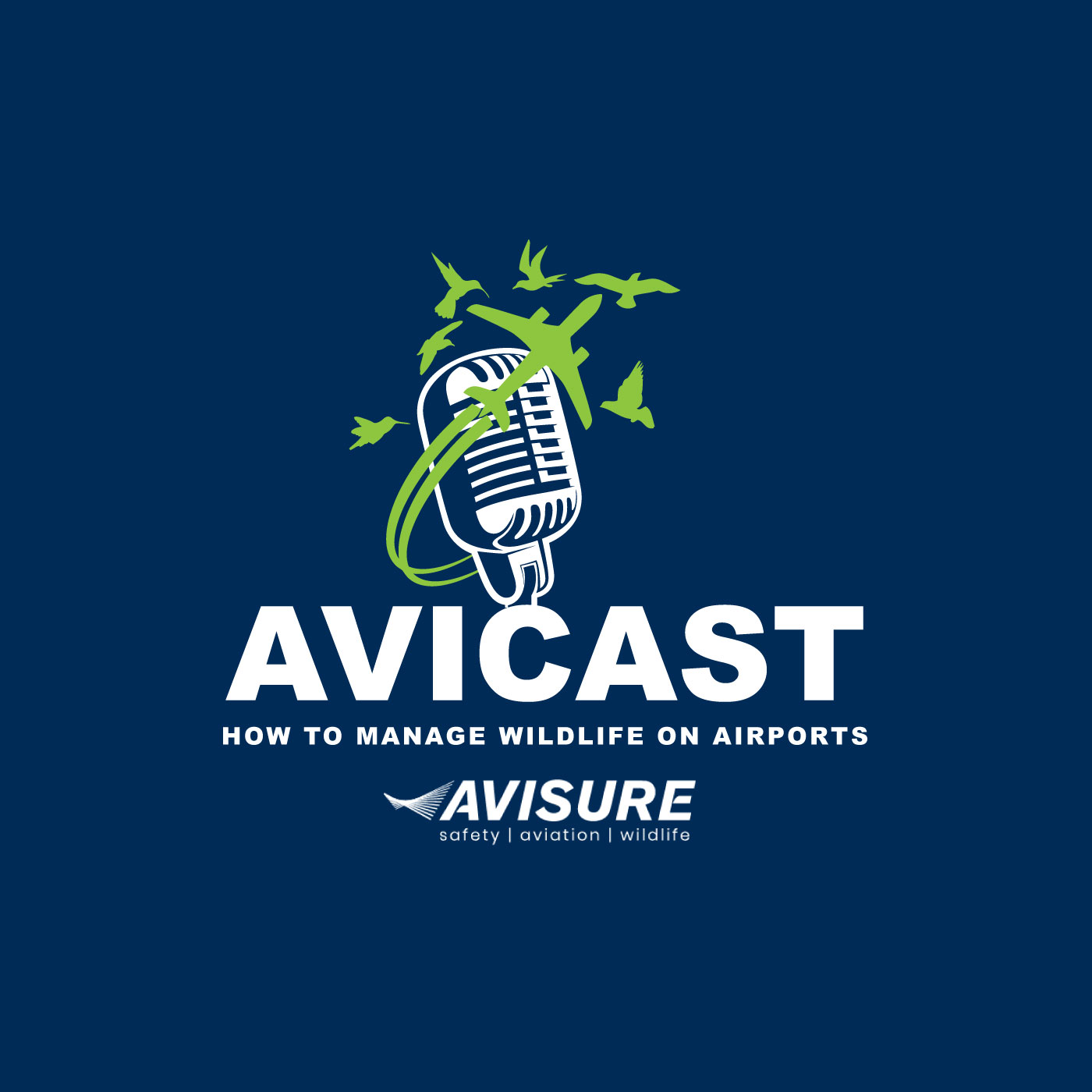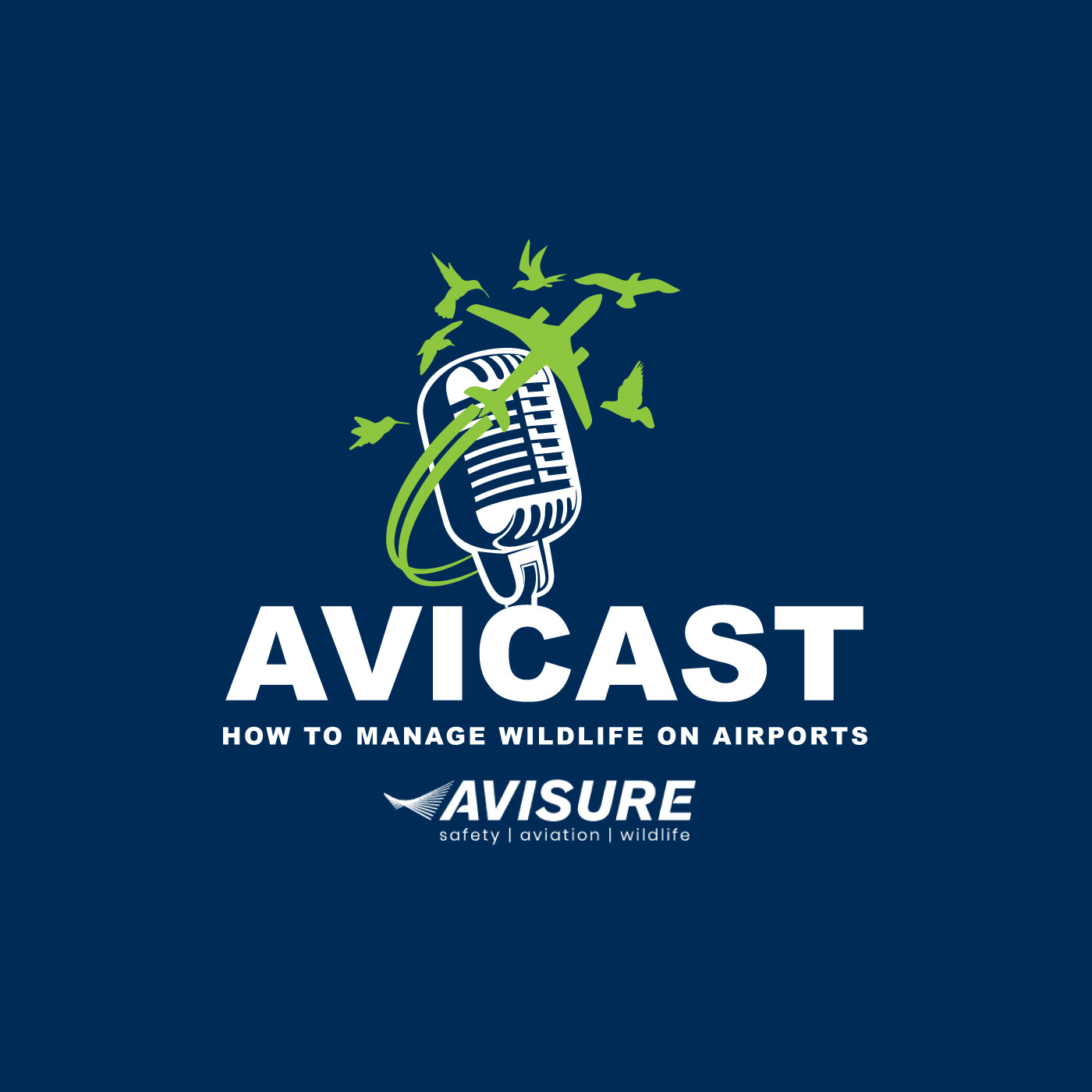Discover Avicast
Avicast

30 Episodes
Reverse
Although most wildlife strikes do not result in significant damage or catastrophic consequences, having a well-defined system for investigation when this does occur will help explain why the strike occurred, how it may be avoided in the future, and it may even be useful is cases of litigation. Significant strike investigations collect key data relating to the species, the aircraft, the airport, meteorological conditions, and so on, to provide a complete picture of the strike event. Dr Jeff McKee joins Kylie Patrick to talk about the how and why of strike investigation.
Melbourne Airport is the primary airport serving Melbourne, Australia. With the upcoming addition of their third runway, they will be facilitating more than 77 million passenger movements and 429,000 aircraft movements each year. And their current wildlife management program is in a very good position to manage any increase to the wildlife strike risk. In this episode, Kylie Patrick talks to Fiona Beach (Airfield Safety and Operations Coordinator) and Bevin Buchanan (Senior Airside Safety Officer) from Melbourne Airport about their wildlife issues and how their program is managing them. Melbourne Airport Wildlife Hazard Management Policy Melbourne Airport LinkedIn
Martin Ziviani and Kylie Patrick discuss the complexities of using lethal control to manage hazardous wildlife on airports.
Counting birds on airports is one of the standard elements of an airport's wildlife management program. This data can be used to measure the progress and effectiveness of your program, identify emerging issues, and assess risks. But these counts need to be well established and implemented to have any benefit. Martin Ziviani (Snr Wildlife Biologist) joins Kylie Patrick (Principal Consultant) to talk about the how and why to set up and do bird counts on airports
Alexandra Stone joins Kylie Patrick to talk about how to best manage ducks on and off airports.
Avisure is taking a break over the holidays but we'll be back with more great epsiodes from February 2023
Avisure CEO, Jeff Follett, joins Kylie Patrick to talk about how and why off-airport land uses can significantly elevate an airport's strike risk because of the wildlife they attract. They talk about the types of land uses that are problematic and how to work with land users and land use planners to mitigate risks and safeguard airports. National Airports Safeguarding Framework (Australia) ICAO Airport Planning Manual Land Use and Environmental Management Doc 9184 Part2 ICAO Airport Services Manual Part III Wildlife Hazard Management Doc 9137 Civil Aviation Authority (UK) CAP 772 Wildlife Hazard Management at Aerodromes Christchurch City Council District Plan
Kylie Patrick is joined by Tony Goodwin (Avisure Wildlife Management Officer ) and Shane Van Dijk (Avisure Wildlife Biologist) to talk about Little Corella, the risk they pose and the best approach to managing these charasmatic but problematic birds. Little Corella (Australian Museum) Little Corellas: Social and Ecological Research for Management in South Australia ABC News Australia: Wildlife experts question why huge corella flocks on coast Little Corella (Australian Museum) Little Corellas: Social and ecological research for management in South Australia ABC News Australia: Wildlife experts question why huge corella flocks on coast
In one of our earlier Avicast episodes, we talked about a very small, but very common bird on Australian airports, the Fairy Martin. This little aerial forager is often mistaken for any number of little aerial foragers, including the topic of this episode, the Tree Martin. Alexandra Stone, Avisure's Wildlife Biologist, is back in the co-host chair to talk all about the Tree Martin and how to best manage them. Tree Martin
Kylie Patrick is joined by Avisure's Principal Biologist, Will Jamieson and Wildlife Biologist Tyler Rogers to talk all things Canada Geese. These geese have been implicated in some of the most spectacular and serious strike incidents, and in this episode we talk about how to best manage them. FAA Wildlife Strike Report 1990-2020 NTSB Investigation Report - Miracle on the Hudson Canada Geese range maps Birds of the World - Canada Geese Skybrary - Some significant wildlife strikes civil aircraft USA 1990-2021
AAWHG 2022 Forum Registration and Information
In April 2020 COVID-induced travel restrictions reduced aircraft movements by 80% globally, which was unarguably the greatest challenge the aviation industry has ever faced. But how did the sudden downturn in aircraft activity influence wildlife using airports? And what did this look like for strike numbers and rates? Joining Kylie Patrick in this episode is aviation professional Dan Parsons who has been keenly analyzing strikes and aircraft movement data throughout the pandemic Dan Parsons - LinkedIn The Runway Centreline blog page FAA presentation at the World Birdstrike Association conference ICAO COVID-19 related ATS mitigations to potential hazards ICAO COVID-19 economic impact Corona virus impact on the aviation industry worldwide Journal: Human-Wildlife Interactions
Dr Jeff McKee, Avisure's Director of Research & Development joins Kylie Patrick to talk about large bats called flying-foxes. Infringing critical airspace sometimes in their thousands, they can present a serious strike risk, and are difficult for airports to manage, not just because of their numbers but also because they rarely use the airport itself as a resource. In this episode we introduce the flying-fox, why they are a strike risk, and how airports and other aviation stakeholders can mitigate their risk. Australian flying-foxes Australian flying-fox distribution Flying-foxes (general) National monitoring program Australian Bat Lyssavirus Hendra Virus Western Sydney University Animal Ecology Lab Justin Welbergen
As an airport, you may have in place a fully integrated and well-resourced management program, but … how do you know it's working? The answer is data. The most objective and informed way to measure the progress of your program is to review and analyse your data against the targets and goals you have set. But not all data is reliable, and not all data capture methods are equal. In this episode Kylie is joined by Avisure's Wildlife Biologist, Alexandra Stone, to talk about good data and data collection apps. Fulcrum AVCRM Airside Tracker Tap Forms Noggin
Vancouver International Airport, Canada's second busiest airport, sits on Sea Island in the Fraser River Delta where the marshes, mudflats and agriculture habitats on and around the delta attract millions of shorebirds, and thousands of waterfowl and gulls each year. To manage the wildlife strike risk associated with these hazards, the airport has in place one of the most comprehensive wildlife management programs in the world. Joining Kylie in this episode to talk about this program is David Bradbeer, YVR's Wildlife Program Specialist, and from Avisure Services, Tyler Rogers, who is the Site Manager for YVR's wildlife management program. YVR wildlife program Avisure Services Pacific Northwest Raptors Downriver Farm Hungarian Mudi Fraser River Delta Snow Goose Mallard Glaucous-winged Gull Green-winged Teal Great Blue Heron Red-tailed Hawk Rough-legged Hawk Short-eared Owl Barn Owl Bald Eagle Barn Swallow Coyote
When it comes to managing wildlife hazards on airports, you want to make sure that whoever is doing that management, knows what they are doing. And just like every other aspect of aviation safety management, training is critical. In this episode Kylie Patrick (Principal Consultant) is joined by Jeff Follet (General Manager for Avisure Services) and they talk about what training requirements look like around the world, and what it should look like. A must-listen-to episode for anyone that needs training and for those who are developing and delivering it. FAA Advisory Circular 150_5200-36 Australia CASA Manual of Standards Part 139 Australian Aviation Wildlife Hazard Group - Recommended Practice 5.1.1 Training and Competency Canada CAR 322 Brazil RBAC 153 ICAO Doc 9137 EASA Rules for Aerodromes Transport Canada - Sharing the Skies Transport Canada - Wildlife Control Procedures Manual
Australian White Ibis (Threskiornis molucca) are a problem at many Australian airports, but managing ibis off-airport is the key to managing them on-airport. In this episode we join the collective experience from Avisure and our sister company Ecosure to talk about ibis management. Joining Kylie is Martin Ziviani (Senior Wildlife Biologist), and our very special guest Carla McKevitt (Ecologist) from Ecosure. Ecosure Ibis management (Ecosure) Australian White Ibis Straw-necked Ibis Adult call copyright Fraser Simpson and Chick call copyright Pritam Baruah
John Weller joined the Federal Aviation Administration (FAA) in 2009 as a National Wildlife Biologist just weeks after the ditching of Flight 1549 in the Hudson River. In this episode he talks to Kylie Patrick about his role with the FAA and the protocols they have in place to help airports identify and manage wildlife hazards throughout the United States. FAA wildlife strike database FAA wildlife resources AC150/5200-32 Reporting Wildlife Aircraft Strikes AC150/5200-33 Hazardous Wildlife Attractants On or Near Airports AC150/5200-34 Construction or Establishment of Landfills near Public Airports AC150/5200-36 Qualifications for Wildlife Biologists AC150/5200-38 Protocol for the Conduct and Review of Wildlife Hazard Site Visits, Wildlife Hazard Assessments, and Wildlife Hazard Management Plans AC150/5220-25 Airport Avian Radar Systems Flight 1549 NTSB Accident Report
The Australian Aviation Wildlife Hazard Group (AAWHG) is formally recognised as Australia's primary aviation wildlife hazard management reference body and fulfils Australia's commitment to have a national bird strike committee as recommended by the International Civil Aviation Organization. Full of expertise from a cross-section of industry, the AAWHG are a go-to for the Australian aviation industry. AAWHG's chair, Ash McAlpine, joins Kylie Patrick to talk about what they do. AAWHG October 2021 Webinar Series Plane Wild (AAWHG newsletter) Resources Recommended Practices ICAO and AAWHG Webinar 1 ICAO and AAWHG Webinar 2




